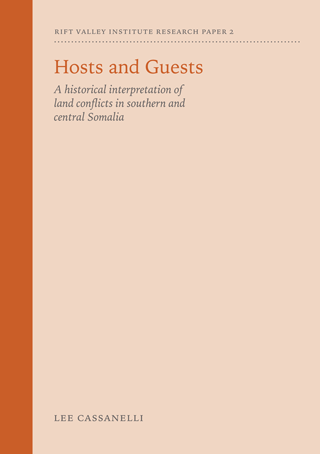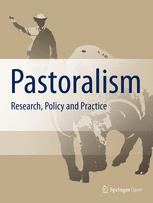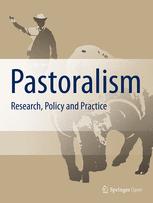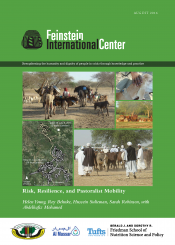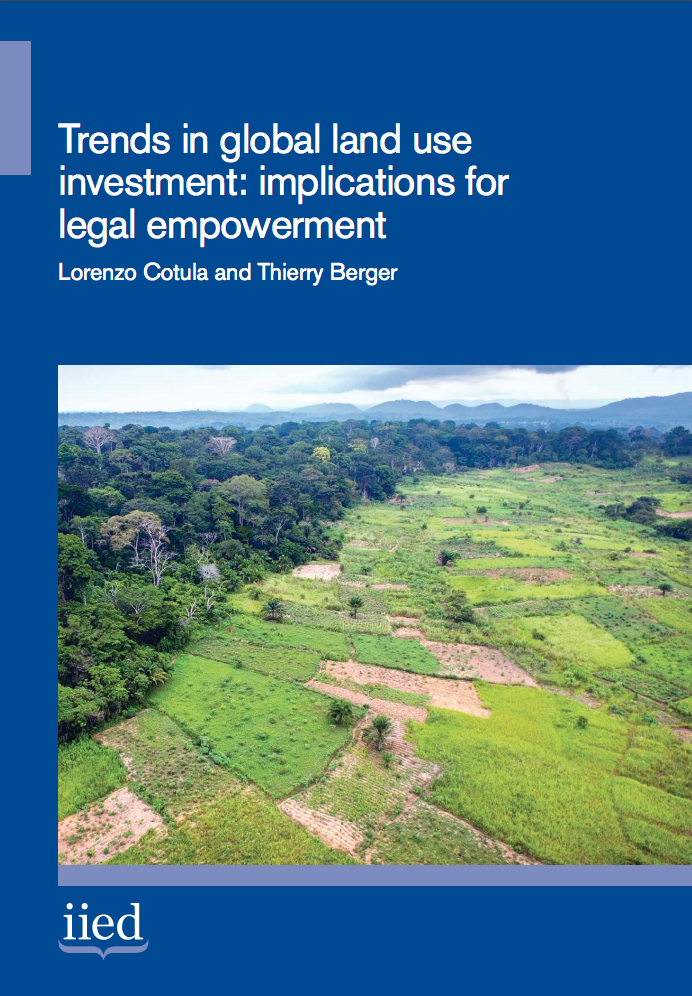Hosts and Guests A historical interpretation of land conflicts in southern and central Somalia
'In Somalia, land issues are particularly complex. Those involved in both policy and practice need to understand this complexity better if durable political solutions are to be identified and property rights for individuals and communities secured. Lee Cassanelli explains the complex nature of land use, as well as the concept of ‘home’ in the Somali context. His paper is food for thought for all those interested in land reform.'

